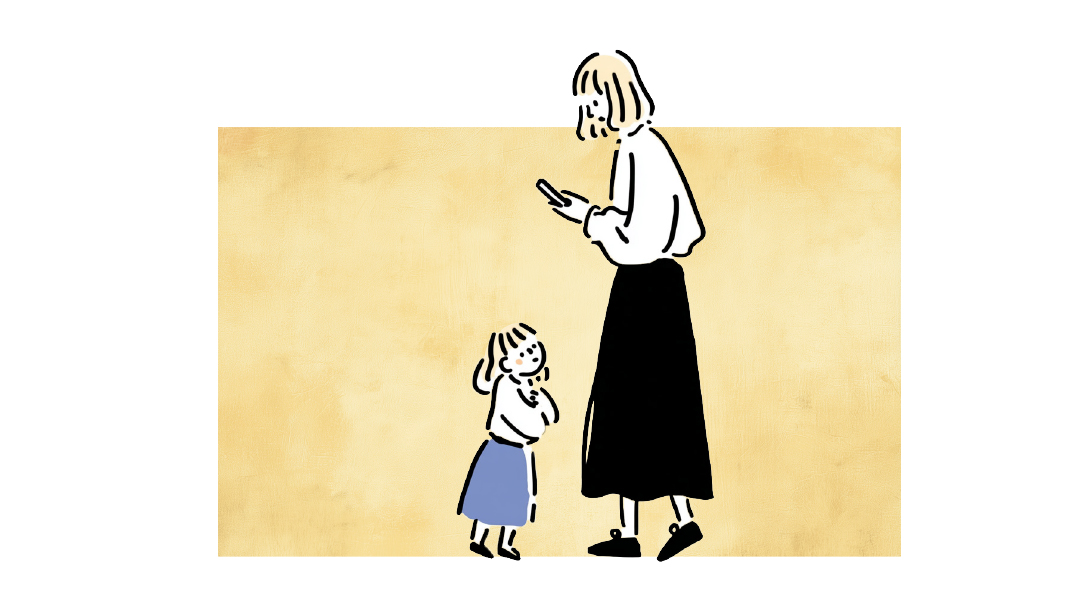A Time to Be Sad


As Shlomo Hamelech said “There is a time for everything.” Although there is a time to be sad sadness is not one of our favorite feelings.
All feelings have “signal value” meaning they are there to guide our behavior. Anxious feelings for instance guide us to be vigilant for signs of danger. If we never felt those feelings we wouldn’t take necessary precautions and would thereby expose ourselves to risk. Think of what can happen when a young person isn’t sufficiently anxious in the presence of a predator. Similarly anger signals the need to take action to set boundaries to correct a wrong. What does sadness signal? What is its purpose?
A Time to Mourn
Sadness signals the need for healing. Whereas anger arouses us and energizes us to take strong steps sadness makes us want to go to bed and stay there. Fear increases our alertness and causes us to take action to protect ourselves but sadness brings us to a halt. Confusion and distress prompt us to search for answers to seek relief but sadness makes us retreat into ourselves to withdraw from the world and everyone in it.
In other words sadness tells us to stop what we are doing and nurse our wounds. Like the physical pain of a bodily injury sadness is the aching of a broken heart. Brain scans show that both physical and emotional pain affect the same areas of the brain — the anterior insula and the anterior cingulate cortex both of which trigger a corresponding activation in the peripheral nervous system. Like physical pain emotional pain literally hurts. And just as a physical injury requires rest for its repair the hurting heart requires rest for its healing.
Making Bad Feelings Disappear
Parents are often confronted with their child’s pain. Eager to remove the youngster’s suffering they frequently try to talk him or her out of it. “It’s not so bad.” “You’ll be fine.” “Think of the bright side…”
Other parents desperately search for shortcuts to happiness. They try to minimize the pain by pointing out how common it is (“Rejection is the name of the game in dating/job hunting/applying to schools”) or by comparing it to “real” suffering (“At least you’re not impoverished/all alone in the word/sick with a dreaded disease…”).
If the child’s sadness persists despite these attempts parents may try to cheer her up: “Let’s have some ice cream!” “Why don’t you read that new book I got you? You’ll feel better.” “Think about all the good things you have!”
If none of this works parents sometimes become irritable: “Snap out of it already.” “Get over it — you’re making a mountain out of a molehill.”
Not surprisingly this last approach tends to add insult to injury piling pain upon pain. The result is often a suppression of pain as the child tries her hardest to silence the ache inside.
Unfortunately suppressed pain tends to fester gnawing away at internal organs and promoting physical discomfort and disease. Helping children (and adults) to feel and release their pain leads to far greater emotional and physical health.
Facilitating Healing
How can parents help a hurting child or other loved one? They can respect the signal value of pain. They can allow the sad person to be sad. “It’s okay to be sad. It’s the right feeling to feel when you’ve lost someone/something important to you.”
When the child protests that she doesn’t want to be sad acknowledge and accept that too. “I know. It’s a painful feeling. Just take time to rest and let it heal. You won’t be sad forever.”
Interestingly letting sadness be allows one to start healing. Instead of slamming a door on sadness and stuffing it deeper inside accepting it actually opens the door and allows it to exist.
Instead of panicking when dealing with a sad child parents can be helpful nurses guiding the child to trust the feeling and the healing process. If a child is sad because he was denied a cookie the parents can let him be sad without rushing to “make it up to him.” If he is sad because the girl he was engaged to changed her mind there’s no need to demonize her to help him feel better; they can acknowledge the pain and stand by him while Hashem heals his heart for this is the ultimate cure for sadness.
Oops! We could not locate your form.




